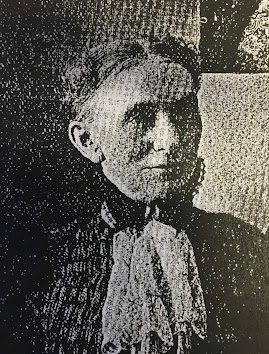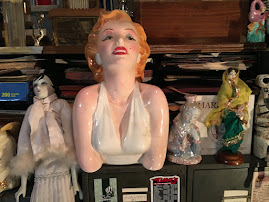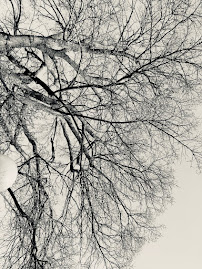Dear George,
I lived in four places while growing up in Menominee between 1937 and 1955. Up until I was six my parents lived had a second floor apartment in a large white house on Ogden Avenue (now 10th Ave.) at the foot of the Interstate Bridge. My age-mate and first friend, Sally Fernstrum, and her parents lived on the first floor, and Sally and I walked four or five blocks each day to kindergarten at Boswell School. At the end of that year my family moved to Sheridan Road (now 1st St.) around Michigan Ave. (now 16th Ave.), next to the State Street neighborhood where many family friends lived (Burkes, St. Peters, Worths, Sawyers, Murphys, and others). With the U.S. entry into World War II, my dad went for officer training at the Great Lakes Naval Station and was then shipped off to the Pacific. My mother, my younger brother Steve, and I moved to a second floor apartment at the corner of Quimby (3rd Ave.) and Sheridan Road. I think the building might have been owned by my paternal grandfather, V.A. Sr. Then when my dad returned in 1946, we moved to our house on the river that had been built by my maternal grandfather, Guy Cramer. That move was monumental for our family. For us kids, we went from being town kids to country kids — entirely new lives. I wrote a poem about this some time back, and recently I’ve worked at revising it for my OLLI poetry class. Here is the current version.
Love,
Dave
The Best of Times
With the war finally over
and
my father back from the Pacific,
our family, poorer than magpies,
moved
into my dead grandpa’s cottage,
set among the white oaks
on the banks of the Menominee,
the only house on River Road,
built of Norway Pine
and boulders from the field,
no electricity,
no running water,
no indoor toilet,
no telephone,
six-foot pine snakes in the foundation,
a gaggle of bats in the attic,
porcupines nesting in the evergreens.
We grilled hot dogs at the outdoor fireplace,
took weekly baths in the river,
and caught fireflies in a Mason jar.
With big snowstorms,
the County took
half a week to plow River Road,
giving us kids private holidays from school.
We pioneers of the Great North Woods,
we children of the forest.
As the oldest I had many tasks,
to light the kerosene lanterns at sundown,
to keep the firewood bin stocked,
to bring water from the outdoor pump
for the dog’s bowl and
my parents’ coffee,
to gather wild strawberries for breakfast,
to shovel the walk in winter,
and, most of all, to raise Old Glory,
then fold her up again at dusk.
My favorite times
were going
with my father to the city dump,
a twenty-minute trek up the road,
pulling my red wagon
to lug found treasures home.
I collected bottle caps
while Dad searched for household goods,
a bedside table with a chipped leg,
a discarded flower vase,
someone’s seashell ashtray
from their Florida vacation,
rusty old tools or perhaps a tin bucket.
We loved our years on the river,
swimming from morn till dusk,
riding our bikes down the old road,
camping out at Brewery Park,
shooting at beer cans with the .22,
acorn fights with my brother Steven,
taking our green rowboat
with its one horsepower motor
for picnics on Indian Island
or into the channel with
its
family of Great Blue Herons.
Then came the summer of 1948
and new neighbors,
the Orths and the Meads,
built houses down from ours
and the County strung up
telephone and electric lines.
Our wilderness world
would never be quite the same.
















































































































































































